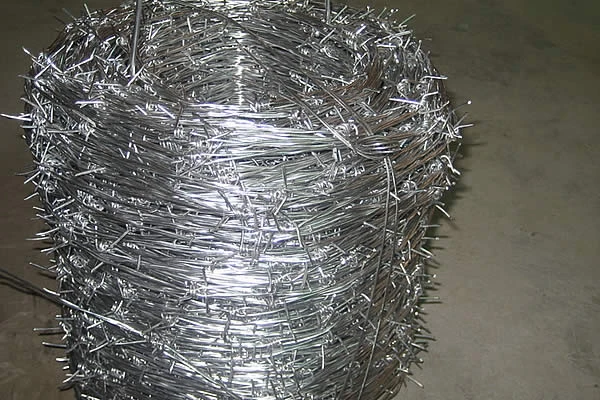The anti-climb chain link fence is rapidly becoming the fencing solution of choice for security-conscious property owners. While its functional design might appear straightforward, its impact in deterring intrusions is profound. Combining personal experience with professional understanding, this article delves into why this particular type of fencing stands out as a formidable security measure.

Firsthand accounts of property owners and security professionals consistently highlight the fence's effectiveness.
The immediate impression of any anti-climb chain link fence is its intimidating presence. It serves as a visual deterrent—its height, typically ranging from six to twelve feet, is a significant factor that dissuades potential intruders. The uniquely small diamond mesh pattern makes it difficult for any would-be intruders to get a secure grip, substantially reducing the chances of successful scaling. Offering anecdotes from security specialists who have witnessed a tangible decrease in unauthorized entries after installation further solidifies its appeal.
Expertise in security solutions reveals that the materials and construction of these fences contribute greatly to their deterrent nature. Made from galvanized steel, these fences are not only resistant to rust and environmental degradation but also display immense tensile strength. This robustness means that even with tools, breach attempts are often futile. The addition of barbed wire or razor wire at the top further enhances the fence’s impenetrability, adding an additional psychological barrier. Insights from structural engineers emphasize the importance of proper installation, noting that even the strongest material is only as good as its implementation.

In terms of authoritativeness, the anti-climb chain link fence holds its ground with endorsements from law enforcement agencies and security consultants. These fences are regularly recommended in security audits and reports, particularly for high-risk sites such as utilities, airports, and correctional facilities. Their preference speaks volumes about their reliability. The fence's design adheres to strict safety and construction standards, ensuring that it not only serves its purpose effectively but also does not pose unintended risks to people or wildlife. This is crucial for property managers aiming for a secure yet environmentally conscious perimeter.
anti climb chain link fence
Trustworthiness is further endorsed by market feedback and rigorous testing. Manufacturers of anti-climb chain link fences often subject their products to various stress tests and security challenges to verify their claims. The track record of these fences speaks for itself, with numerous testimonials attesting to their efficacy in real-world scenarios. Additionally, the transparency with which reputable companies present their test results and product specifications is a testament to their commitment to maintaining consumer confidence.
Financially, investing in an anti-climb chain link fence provides a cost-effective security solution. Compared to electronic surveillance or full-time security personnel, these fences offer a one-time installation cost with minimal upkeep. For maintenance, a simple periodic inspection suffices to ensure the fence remains intact and operational. This low maintenance requirement is particularly appealing for large-scale installations, where ongoing security measures can become economically burdensome.
In conclusion, the anti-climb chain link fence combines practical design and premium materials with an unequivocal capability to safeguard properties. Its standing as a preferred security measure is validated through direct user experiences, professional insights, authoritative endorsements, and trustworthy manufacturer practices. As security needs continue to evolve, the adaptability and proven efficiency of anti-climb fencing make it a fixture in modern security solutions. Property managers and owners seeking an unparalleled blend of safety, durability, and economy would do well to consider this fencing option as a strategic investment in their security infrastructure.
 TEL:
+86-13102802206
TEL:
+86-13102802206
 Email:
fencenetting@china.com
Email:
fencenetting@china.com
 Language
Language
 TEL:
+86-13102802206
TEL:
+86-13102802206
 Email:
fencenetting@china.com
Email:
fencenetting@china.com
 Language
Language



